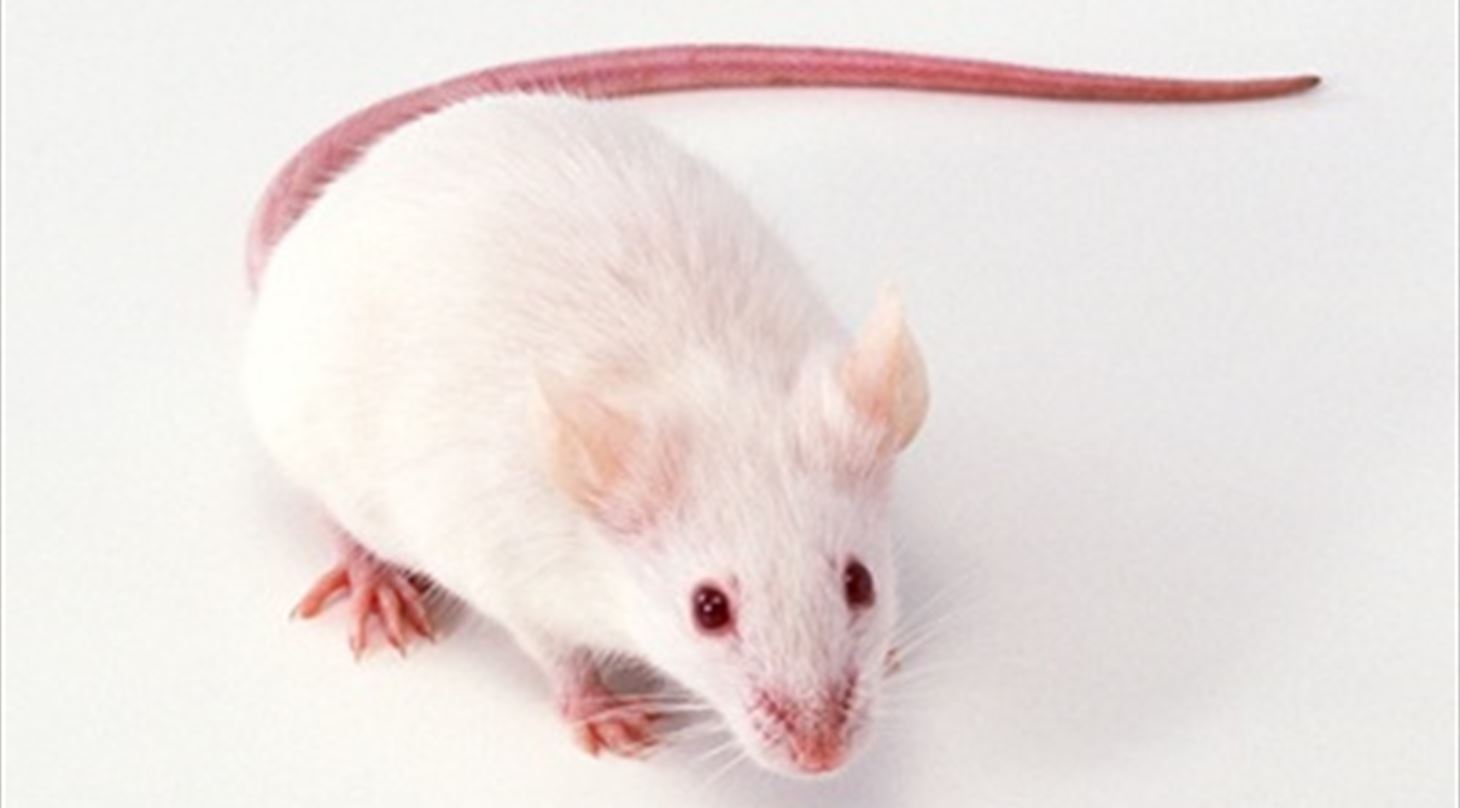
Mice in research
Strict regulatory requirements govern the use of mice in medical and toxicological research.
Researchers must monitor animals and minimise suffering throughout experimental procedures. Traditional monitoring typically involves periodic inspections and symptom recording until predetermined humane endpoints are reached, at which point animals must be removed from the study, presenting several limitations.
Periodic observations provide only snapshots of animal welfare rather than continuous assessment. Moreover, monitoring becomes particularly challenging during night hours when mice are most active. Additionally, human presence during inspections may cause animals to hide or mask symptoms due to their natural flight response.
Technological innovation in animal monitoring
Advanced real-time monitoring systems utilising cameras and artificial intelligence offer significant improvements to this process. These systems continuously analyse changes in animal behaviour and clinical symptoms, providing numerous advantages:
Identification of humane endpoints at the earliest possible moment
More accurate and objective test results through consistent, non-disruptive data collection
Potential reduction in the number of animals required per experiment
The development of these systems is being conducted in collaboration with the pharmaceutical industry. While initially focused on less invasive experimental models, the technology shows significant potential for improving animal welfare across more complex research protocols.